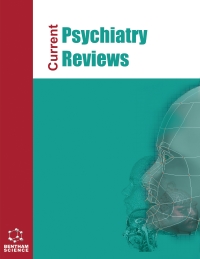-
oa Proton Magnetic Resonance Spectroscopy as a Monitoring Tool for Electroconvulsive Therapy Effects on the Brain
- Source: Current Psychiatry Reviews, Volume 2, Issue 1, Feb 2006, p. 39 - 49
-
- 01 Feb 2006
Abstract
Electroconvulsive therapy (ECT) is still the most effective treatment not only for psychotic depression, but also for treatment of resistant or other severe forms of major depressive episodes. Nevertheless, the exact nature of the therapeutic effect of ECT is unknown. Modern theories of depression suggest changes of synaptic plasticity especially within the hippocampus. It was hypothesized that such changes may be reflected in changes of proton magnetic resonance spectroscopy (1H MRS) detectable signals. The current literature on 1H MRS studies on ECT effects is small with a large diversity of MRS methods applied, brain regions studied and metabolite changes found. Nevertheless, there is good evidence that changes in neurometabolite concentrations are induced by ECT that can be non invasively monitored by 1H MRS. There also are pioneering 1H MRS studies on animal models of depression: the Learned Helplessness model in rats and the chronic social stress model in tree shrews. The proposed review will summarize the current MRS findings in humans and animals and discuss possible interpretations.


